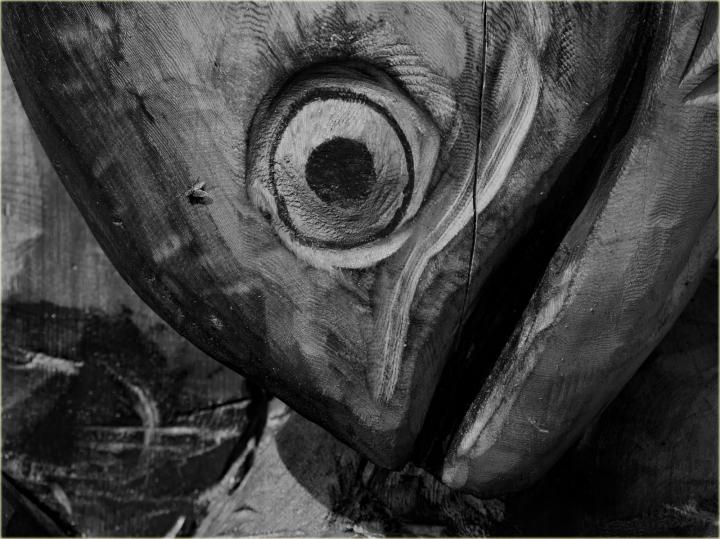
Photo credit: <a href="https://visualhunt.com/author/c3e264">marneejill</a> on <a href="https://visualhunt.com/re/059040">Visualhunt.com</a> / <a href="http://creativecommons.org/licenses/by-sa/2.0/"> CC BY-SA</a>
While our city, county, and state governments are trying to curb the abuse of prescription drugs and the illicit drug markets, environmentalists are waging a different war.
Painkillers, antidepressants, high-blood pressure, and countless of other types of medications are continually being prescribed and used throughout the country. While many of these medications are legally prescribed, they are also often disposed in an improper manner by the general public.
The problem lies when you flush unused or expired medications down your drain. That drain most often leads to the waterways that we depend on for not only navigation, but also food sustenance and recreation.
While the prescription drug abuse problem might be fairly new to the human population in the past decade, it is not new for the ecosystems of our waterways. In a study released in February by the Northwest Fisheries Science Center’s Jim Meador, they found the concentrations of Prozac, Advil, Benadryl, Lipitor, even cocaine were “[…] higher than we expected,”. In the paper Meador said,“We analyzed samples for 150 compounds and we had 61 percent of them detected in effluent. So we know these are going into the estuaries.”
What this means is that tissues of chinook salmon (among other species) are showing high levels of drugs, especially near outfall pipes in the Seattle area. According to a Seattle Times report, “Even fish tested in the intended control waters in the Nisqually estuary, which receives no direct municipal treatment-plant discharge, tested positive for an alphabet soup of chemicals in supposedly pristine waters.”
The issue at hand, is when controlled studies were done by Meador and his team, they found that by pumping their study fish with the same drugs found in the control fish from the Puyallup River and Sinclair Inlet estuaries, these fish showed stunted growth and metabolisms. Therefore, when small fish are entering these estuaries as fry, they are smaller and more vulnerable to predation. This can have a major impact on the survivability of certain species. What was even more alarming, is that once scientists stopped feeding their study fish the drug-laced food, they still found the drugs persisted in their systems for much longer.
While it’s not totally clear on what effect the prey fish have on their larger predators, studies have proven that biomagnification of chemicals in larger predator species in the ecosystem is a fact. Biomagnification is the concentration of toxins in an organism as a result of its ingesting other plants or animals in which the toxins are more widely disbursed. We’ve studied this with PCBs, PBDEs and other persistent toxins. However, it’s highly doubtful that human consumption of these fish would not be affected, partly because humans don’t eat juvenile chinook or sculpin.
The Puget Sound area has 106 publicly owned wastewater-treatment plants that release “treated” sewage and overflow outfalls under state permits, regulated by the EPA and the Clean Water Act. According to the study, as much as 97,000 pounds a year of drugs and chemicals could be pumped into the Puget Sound. While these wastewater-treatment plants do filter out trash and solid waste, they are not built to filter out these prescribed and non-prescribed drugs, and toxins.
According to Meador, “For me it is kind of a wake-up call,” Meador said. “We need to focus more on the toxicology. Not just measure what we see in the fish. But really study these fish, and see how different they are, during a really critical life stage.”


